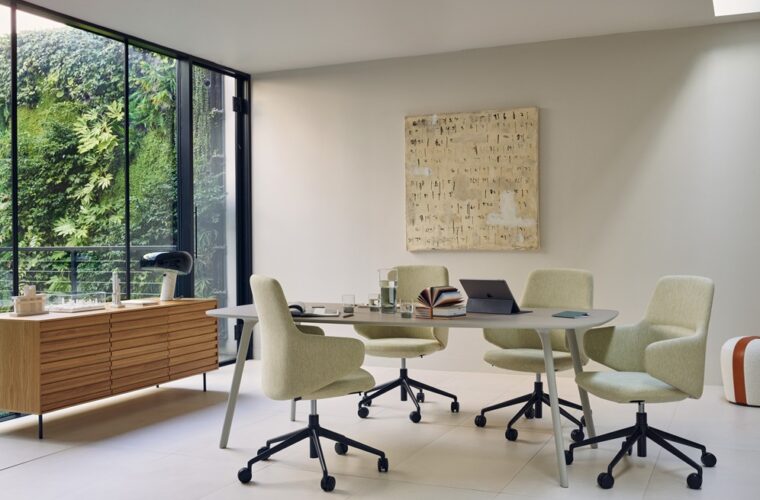Bringing in Biophilia
Text: Ar. Rahul Kadri, Partner & Principal Architect at IMK Architects, Mumbai and Bengaluru.
Across the globe, the rate of urbanisation is accelerating. As our cities and towns become larger and denser, open green spaces in urban areas are increasingly shrinking. These include courtyards and balconies in single-family homes, offices and landscaped plazas and neighbourhood parks.
According to the United Nations, about half of the world’s population lives in cities today, a number that is expected to grow to more than two-thirds by 2050. That translates to billions of people largely living indoors or navigating through concretised urban environments with no meaningful access to nature and its rejuvenating effects.
Biophilia, a hypothesis put forward by noted American biologist Edward O. Wilson in 1984, states that humans possess an innate tendency to seek connections with nature and life forms. The lack of such connections has been linked, in recent years, to adverse effects on our physiological and psychological well-being. Sick Building Syndrome (SBS), for instance, is a health condition that is scientifically proven to afflict people living or working in poorly-designed buildings with inadequate natural light and ventilation.
It is essential for architects and planners, therefore, to design buildings and neighbourhoods in a way that closely integrates them with nature. This could create peaceful built environments, elevating the physical, emotional, and psychological well-being. While building programmes and designs vary across typologies, landscapes, and climates, biophilic elements can be easily integrated into all.
In residential townships and apartment buildings, balcony gardens that open up vistas to vast, landscaped courts uplift the residents’ well-being. They create a comfortable microclimate and regulate temperatures and natural ventilation. Balador Athena in Talegaon, Pune, offers apartments with large windows and balconies that overlook a stepped central courtyard with lush trees.
Hospitality projects incorporate green spaces to promote rejuvenation and relaxation while maintaining privacy. Each room should be planned with a balcony or picture window that looks into gardens or verandahs, creating natural spaces. The Oberoi, Bangalore, has 176 rooms that face inwards oriented towards the 3-acre central garden to promote rejuvenation and solitude.
When it comes to commercial and office spaces, terraced gardens, landscaped atriums and designing visual connections with the outdoors create a positive work environment, enhancing the productivity of the workforce and lowering operational energy requirements. The design of the AURIC Hall in Aurangabad ensures that every workspace has access to multiple terraces, such as outdoor green terraces or indoor cantilevered terraces, encouraging interaction.
Collaboration and peer interaction are vital to fostering one’s academic career today. Learning environments such as schools and universities can be punctuated with landscaped courtyards and verandahs to create spill-out activity zones that nurture long-lasting friendships and associations with nature. At the Jindal Vidya Mandir near Bellary, a central triple-height courtyard connects students across different levels and fosters a sense of transparency between the indoors, outdoors and the landscape.
Hospitals and clinics must be immersed in nature – trees, water bodies, ample light and ventilation – to foster wellness and holistic recuperation. At the recently designed Symbiosis University Hospital and Research Centre in Pune, every ward and the patient room is connected to the outdoors which promotes healing. Two large courtyards create buffer zones that aid the healing process by bringing in ample natural light. A prominent central courtyard transforms the space around it, creating a calm oasis for patients and medical professionals alike.
At the upcoming D.Y. Patil University Rural Health Training Centre, Theur, Maharashtra, spaces are planned around two vast courtyards with singly-loaded corridors opening up into landscaped areas. They are designed to bring abundant natural light and ventilation into all the departments, which will help reduce cross-contamination and the spread of infections.
















